I am lucky enough to know a fellow young birder, Matt, who just got his driver's license and has a super nice mom. I am also lucky I work at a Wild Birds Unlimited, where most of my funding comes from. So I managed, with the help of a few adults, to go to the 2015 Winter Carolina Bird Club meeting.
The Carolina Bird Club is the biggest bird club in the Carolinas and spans both North and South Carolinas. They have three meetings each year, in Winter, Spring, and Fall. Technically, the Carolina Young Birders Club is the 'youth' version of it. I had never gone to a meeting before and I figured since I had a ride (Matt's awesome mom) and a room (thanks to Ron Clark, the amazing guy who planned the whole thing and got me a room!), I went! Needless to say, it was two days of EXTREME BIRDING!
 |
| Look into the eyes of this heartless gull. He will eat your Hooded Mergansers without mercy. Deep down, they only want to be appreciated, and appreciate I did. Lifer #275. |
I have birded in cold weather before, plenty of times- in the Piedmont. In coastal South Carolina. Nothing really prepared me for the deep chill I would experience at Nags Head. The first day of birding was cold, wet, and windy, and we started the day with rain. Not the best, but we birded inland first and got me a lifer, Red-breasted Nuthatch. The rain didn't let up, so we stayed at Oregon Inlet Marina for a bit, while Steve Ritt, our trip leader, pointed out gulls and how to ID them. Steve was an extremely knowledgeable guy and he knew a lot more about gulls than I ever cared to learn!
 |
| For example, this is a juvenile Great Black-backed because of the "salt-and-pepper" markings on the mantle, lack of mirrors on the wingtips, rather pale head, and very heavy, solid black bill. |
In the afternoon, I was on Steve's trip again. We first checked out Wanchese Harbor for a reported Iceland Gull, and we found two!
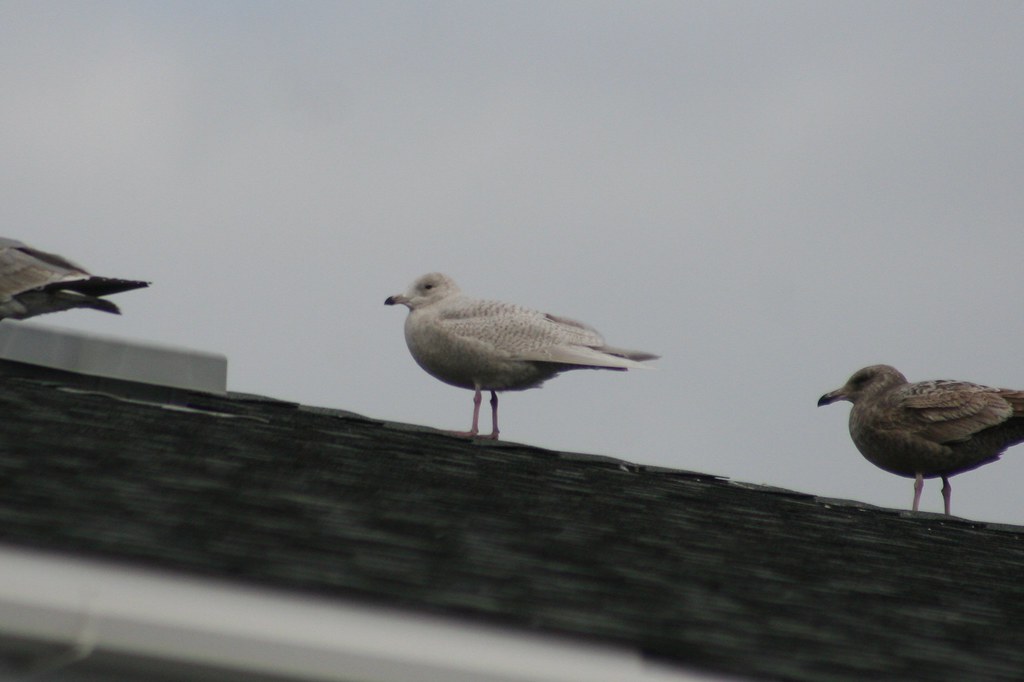 |
| Icelands are slightly smaller and daintier than Herring Gulls. |
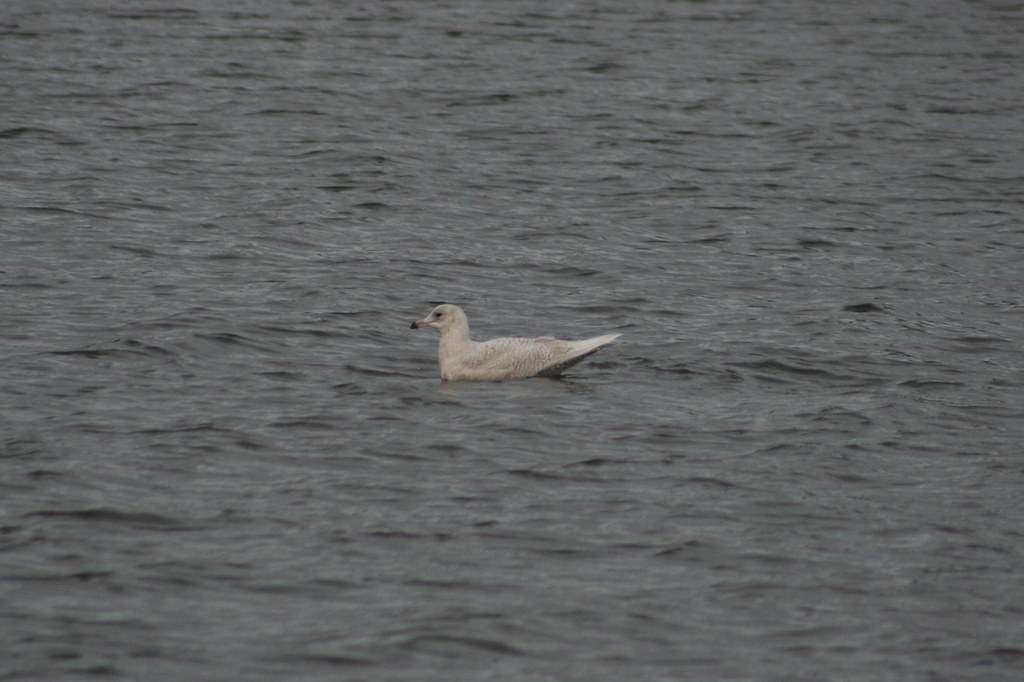 |
| They're very pale gulls. |
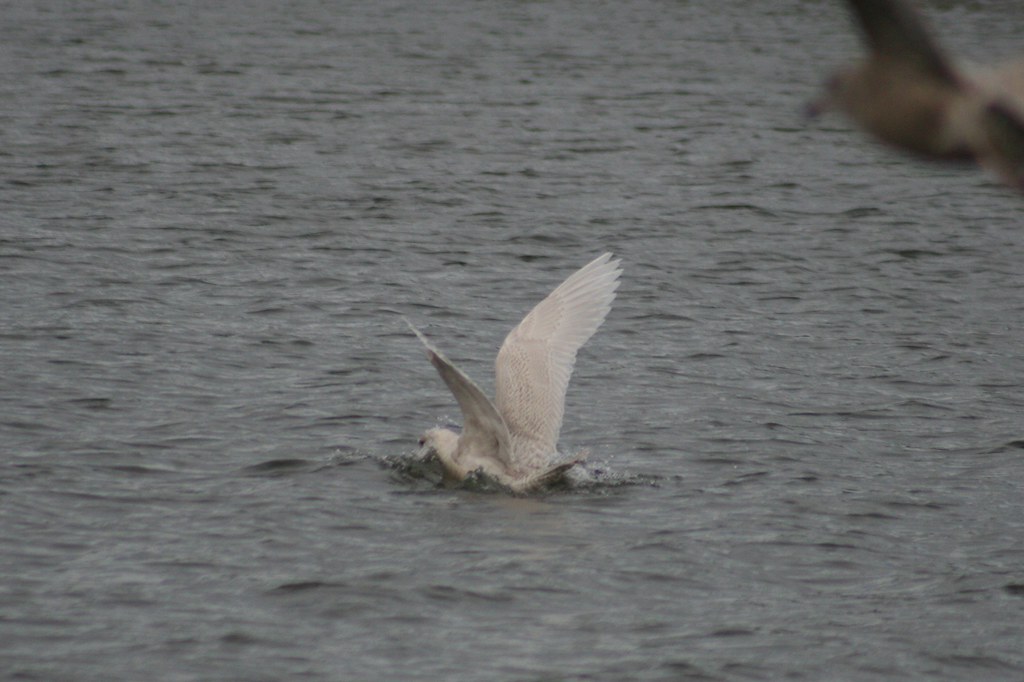 |
| Notice the lack of wingtips on this guy. Aside from being very pale, their lack of wingtips is another good way to find it. |
The other notable bird we found that afternoon was a late Green Heron.
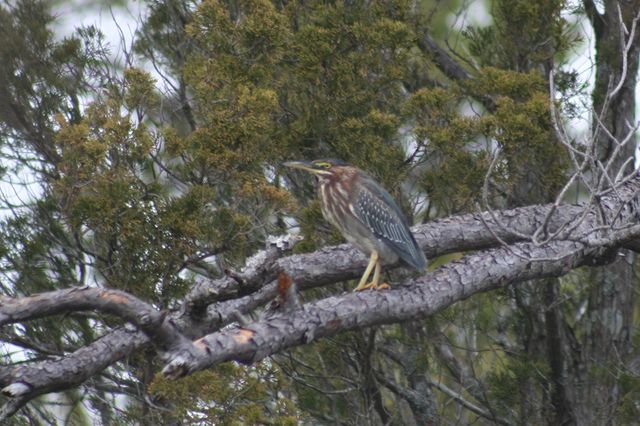 |
| Definitely going south next winter. |
Day 2 was just as fun and, if not more, exhausting. I was on the 'Young Birder's Rarity Chase' although it was only Matt and I, really. We tried looking for the reported rarities- a Parasitic Jaeger, Little Gull, Razorbill, and Dovekie were reported at one pier, while there was a Harlequin Duck to go chase too, along with the Iceland Gulls. We tried first for the Iceland, dipped, then went to the pier for the alcids. Dipped on those too. We traveled to the Harlequin when we found out it was not seen that morning, so we turned around to try for some uncommon, but not rare birds- American Bittern and Purple Sandpiper. Also dipped.
We tried for the Iceland again. I'm sure you can guess this one- we dipped.
So the rarity chase turned out to be the worst chase ever, but I did see from the car my lifer American Avocets and Snow Geese. Last-minute I signed up for the afternoon trip to Pea Island NWR, where the two were reported, to get a better look at them.
And better looks were had. I estimated from 150 to 200 avocets at the time, but after counting I lowered it to 130.
I didn't know avocets had blue legs. Did you?
American White Pelicans are majestic birds. This is the first time I've ever seen the knob on the bill- breeding season is coming soon!
I forgot to mention that on Friday, we spotted a leucistic/albino Redhead. That was the first odd duck I saw that weekend, with this American Black Duck x Mallard hybrid being the second. This is the first wild hybrid I've ever seen, and the green sheen was very hard to see.
That evening, after the meeting, the Northern Saw-whet Owls were re-found. They hadn't been reported for a while now, and I heard in the elevator that someone was going out to see them. I ended up hitching a ride with Nate Swick, the eBird reviewer for North Carolina and the ABA Blog editor. I never imagined actually going out to listen to the owl (when I first saw the reports a few months ago, at least) but there I was, standing in the middle of a moonlit road being very quiet. The owl did start tooting for a good five minutes or so, sounding very close. I decided to count it, since they are really hard to see, so that was lifer #282.
On Sunday, the day of departure, I spent the early morning ocean watching with a few of the other birders there. We spotted some Razorbills, Red-throated Loons, and Black Scoters along with many dolphins. Matt and I tried for a Sora he had seen the day before with great views, but it didn't come out. However, we did see the continuing Yellow-crowned Night-Heron along with its black-crowned cousin, Snowy Egrets, and Tricolored Heron.
 |
| Yellow-crowned didn't want to be in the picture. |
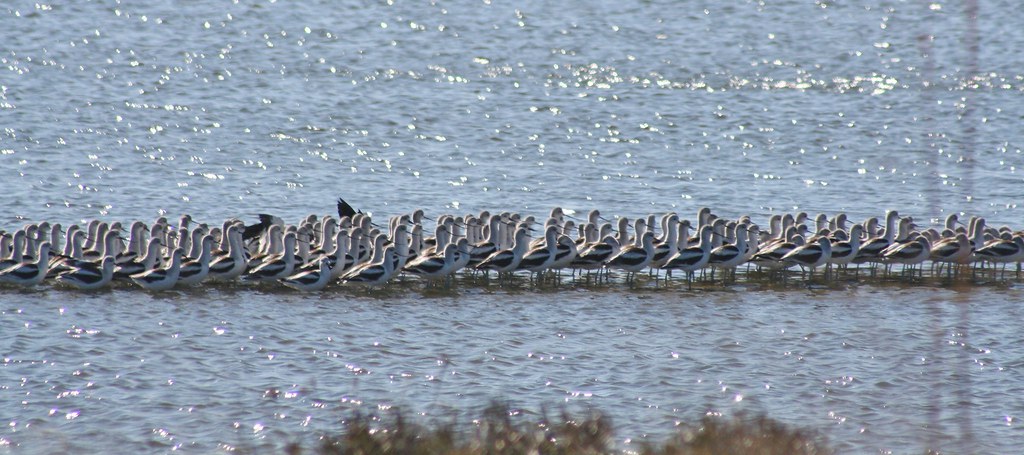
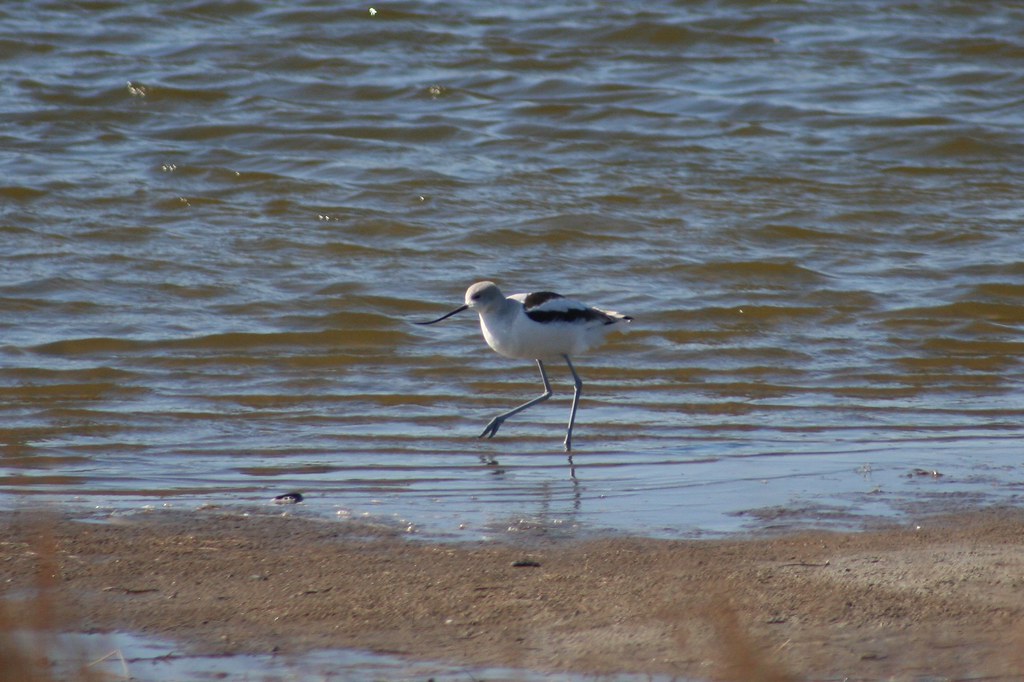
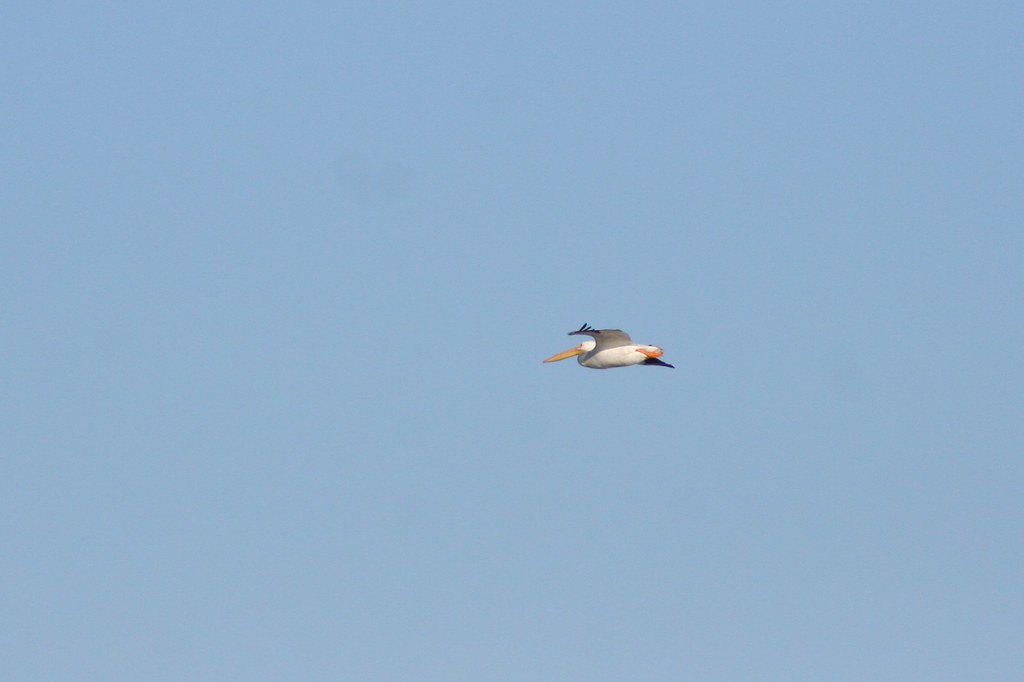
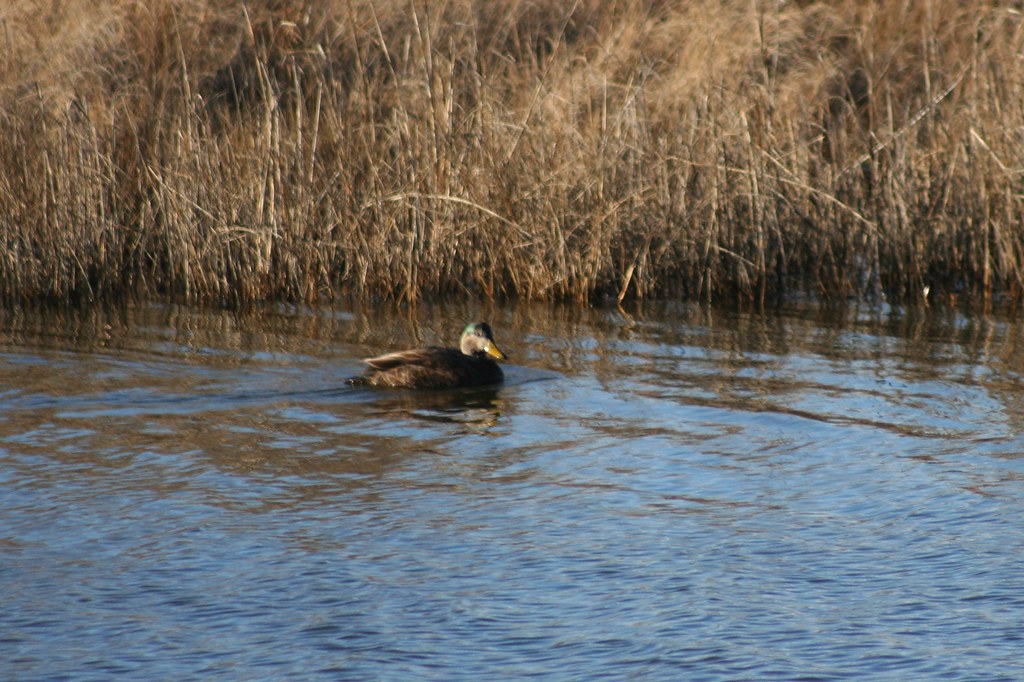
No comments:
Post a Comment